By some counts, New Orleans has as many as 72 neighborhoods and everyone has their favorite. Yes, which of these countless neighborhoods is the best or most appealing—whether for its dining, people, location, price, or scenery—is as hotly debated as dog vs. cat, if bread pudding should have raisins or not, and whether Miller Lite tastes great or is less filling. And in much the same way that people sometimes start to look like their pets, residents often begin to take on characteristics of the neighborhoods they call home.
But why is that? Why do certain people gravitate toward certain parts of New Orleans, who lives where and why, and how did these neighborhoods come to be? While we can't delve into all 72, here is some background on some of the most popular neighborhoods around town.
Point of Vieux: The French Quarter
For better or for worse, the French Quarter is the best-known part of the city, the neighborhood most often associated with New Orleans itself. It is also the original and oldest neighborhood and, in the early days, encompassed the entirety of the city. Founded in 1718 by Jean-Baptiste Le Moyne de Bienville, New Orleans (and the French Quarter) were built where the ground was slightly higher, the river was deep and bendy, and the lake wasn't far away. The French constructed their buildings in a simple grid pattern around a central square, the Places d'Armes, which is today Jackson Square. The Old Ursuline Convent, built in 1751, is the only remaining building from this period.
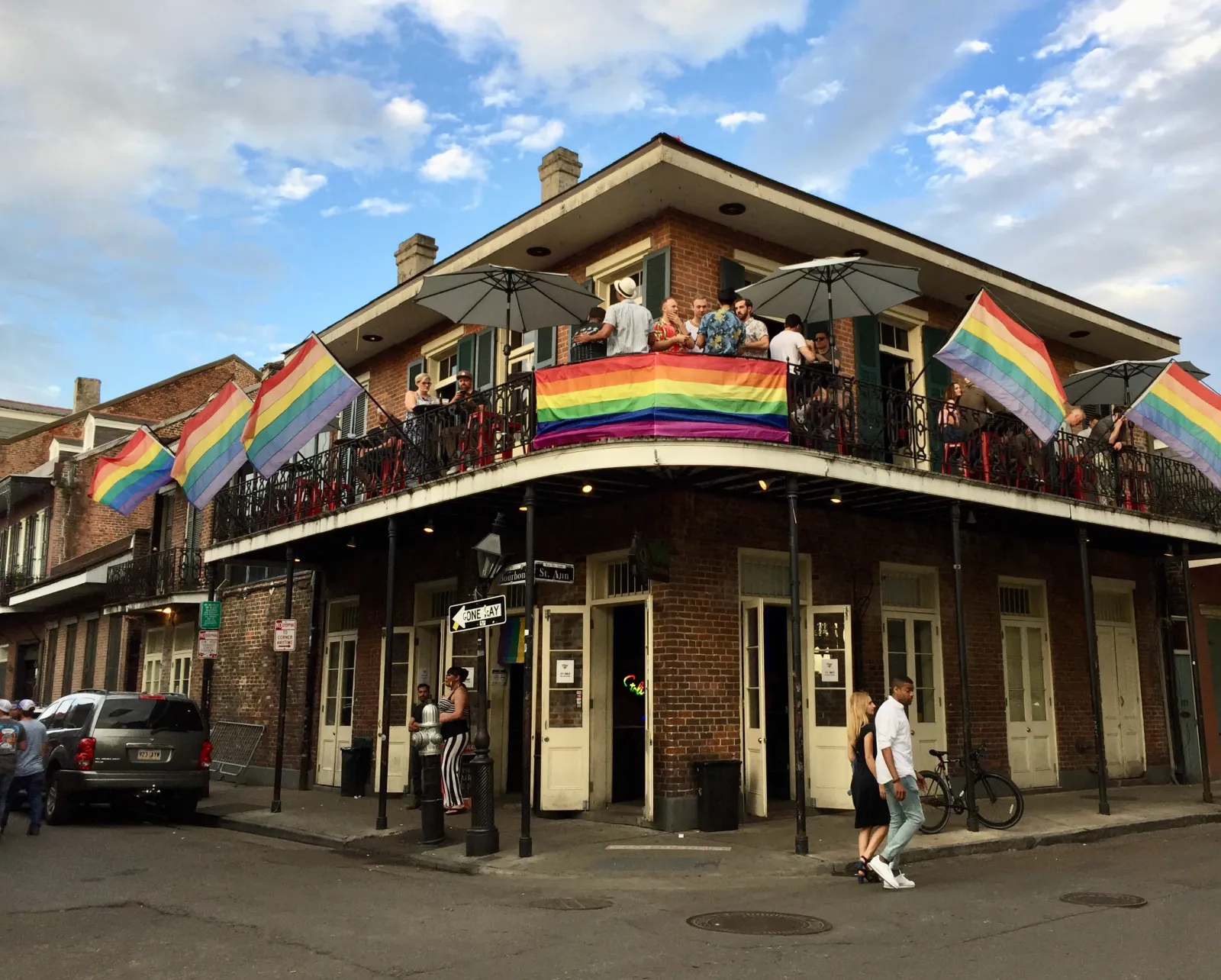
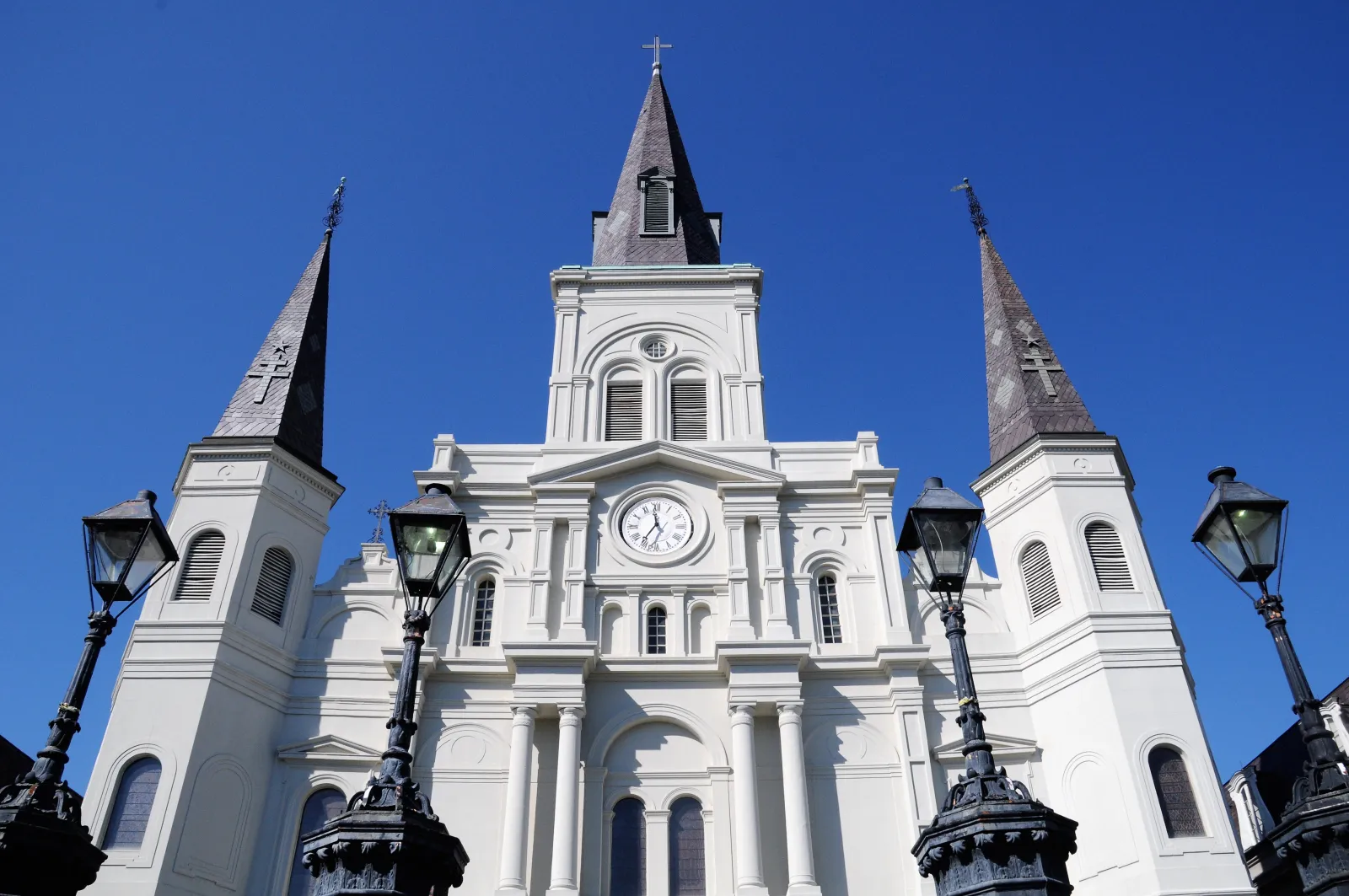
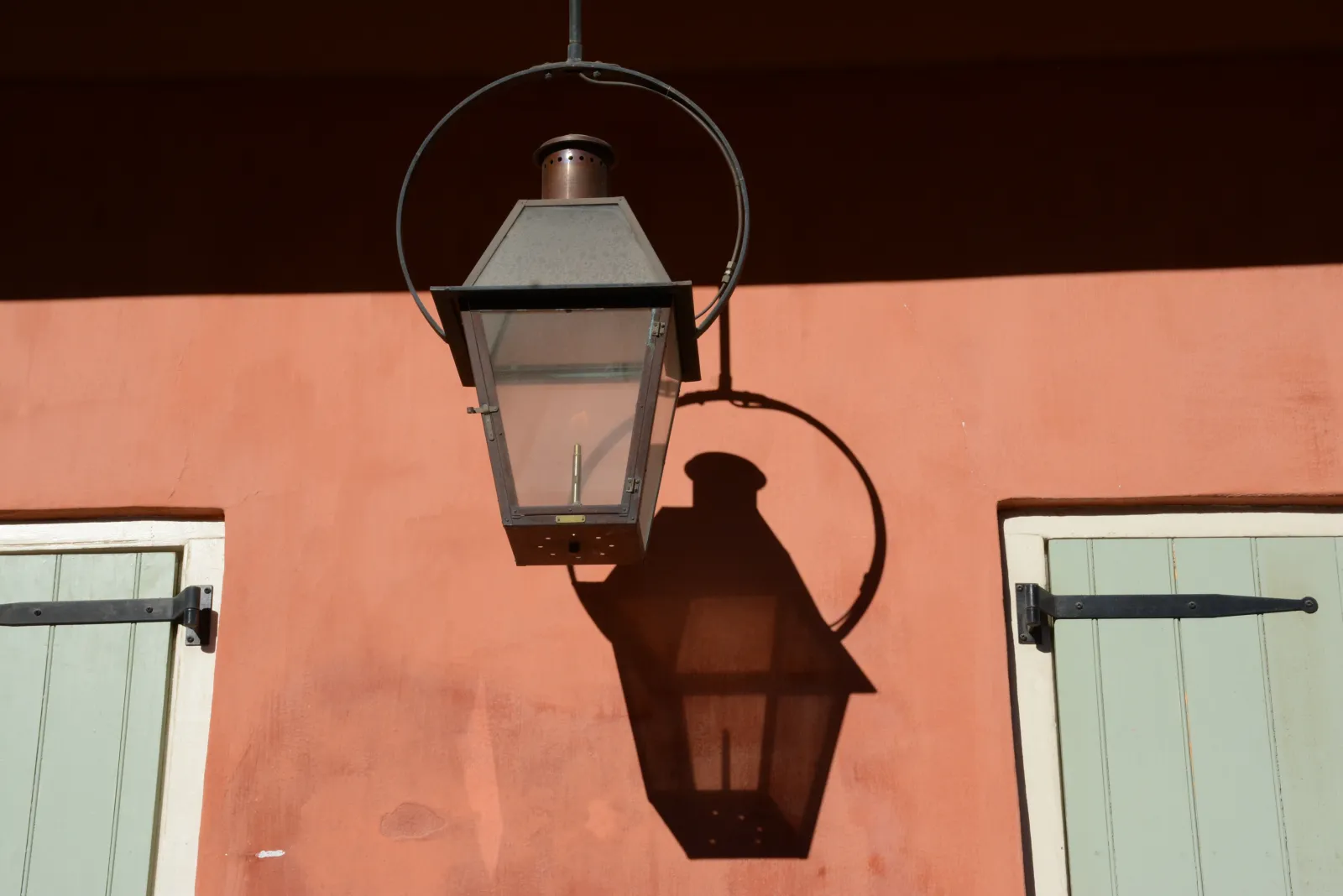
The Spanish controlled the city from 1763 until 1802 (during which they greatly influenced the architecture and layout of the neighborhood), and the Americans took over immediately afterwards, in 1803, following the Louisiana Purchase. The Quarter has worn many hats, from its time as a major port and financial hub to its days of prosperity, then poverty, and now to its current party persona—and in a real historic twist, Bourbon Street used to be the most elegant street in the neighborhood.

The French Quarter has survived two major fires, several yellow fever epidemics, floods and hurricanes, rats and termites, bad drainage and bad politics—and still remains the most visited neighborhood in town.
Life in the 'Burbs: The Marigny
The neighborhood that neighbors the French Quarter, the Marigny was built beginning in 1806 when Bernard de Marigny started partitioning off his plantation and selling it as lots, thus forming one of New Orleans's original suburbs. These lots were popular due to their reasonable price tag and prime location, especially once the Pontchartrain Railroad was built in 1830 and made the area even more accessible. Elysian Fields Avenue, modeled after the Parisian Champs-Elysées, was the five-mile-long main thoroughfare of the neighborhood, making a beeline from the river up to Lake Pontchartrain—the first street in the city to do so. The Marigny went through many phases, from its original affluence and acclaim to a period of deterioration and crime in the mid-1900s when things were so bad that the area temporarily took on the name "Little Angola," named after the prison. Decades later, it made a big comeback and is today an area of hip restaurants, music venues, bars, and charming architecture, retaining many remnants of its initial splendor—though all of the Marigny's original street names have long since been replaced by present-day equivalents.
Getting Down to Business:
The CBD (Central Business District)
When Louisiana was sold to the United States with the Louisiana Purchase, Americans began flocking to their newly acquired land. Many settled just uptown from the French Quarter on land that was once home to New Orleans first resident, Bienville. Canal Street was the dividing line between these two neighborhoods, with one lane of the street considered a part of the French Quarter and the other belonging to what was now being called the American Sector. The Americans didn't always get along with their Spanish, French, and Creole neighbors who lived nearby in the Vieux Carré and disagreements were common. But one place that was deemed a bicker-free zone was on the median of Canal Street, the frontier between the two warring neighborhoods, as this was considered "neutral ground"—and New Orleans medians have been so-named ever since.
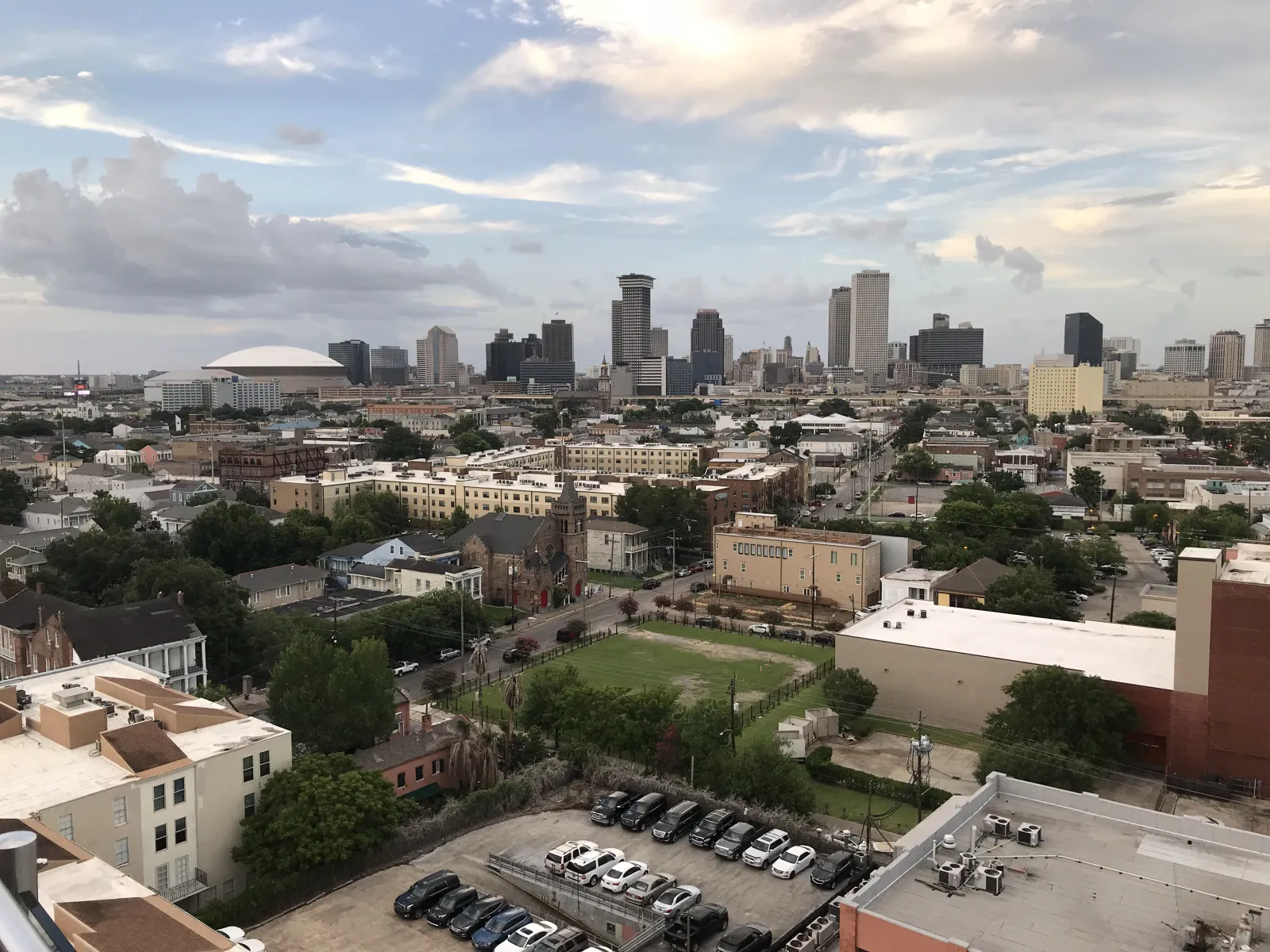
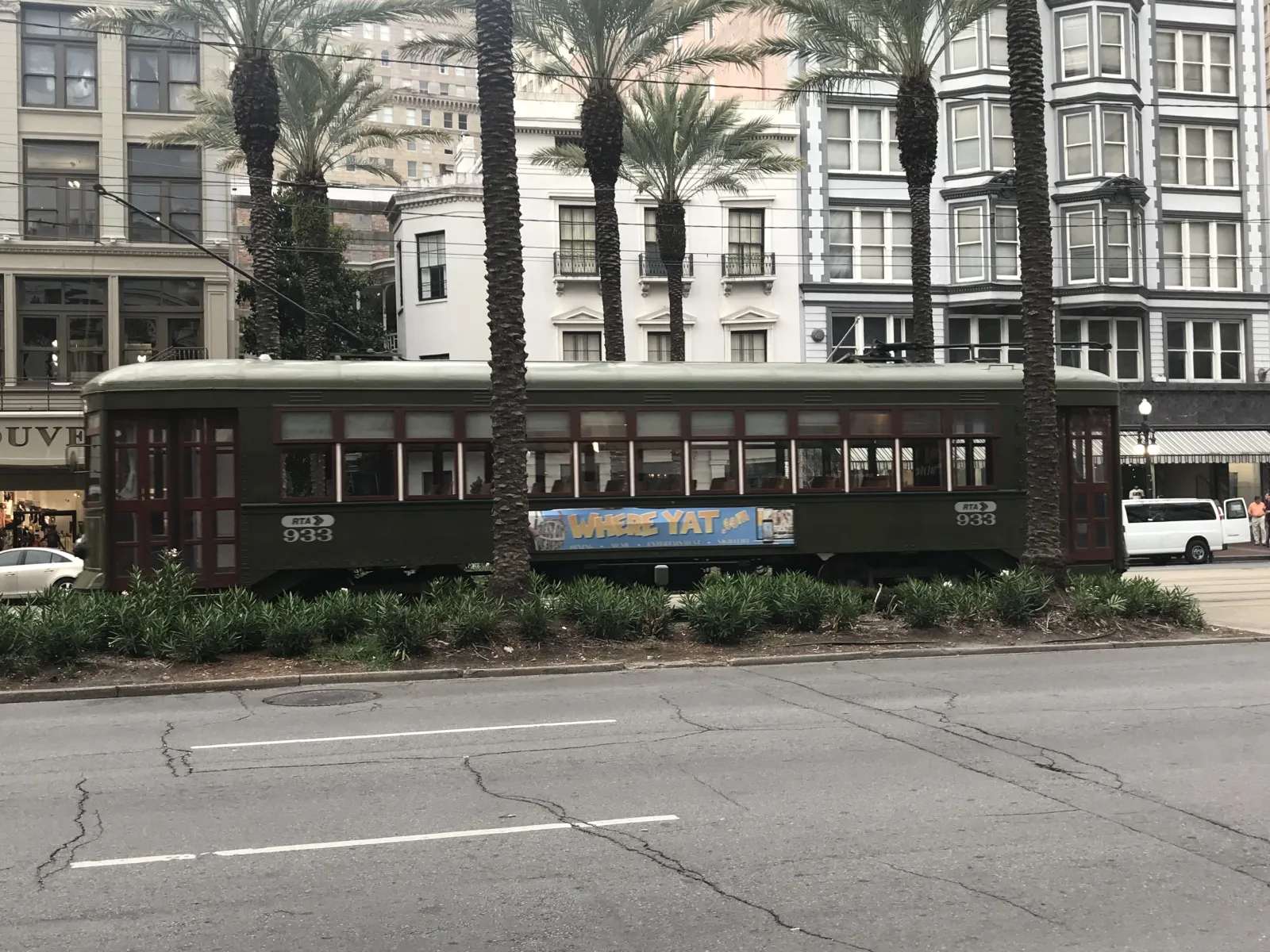
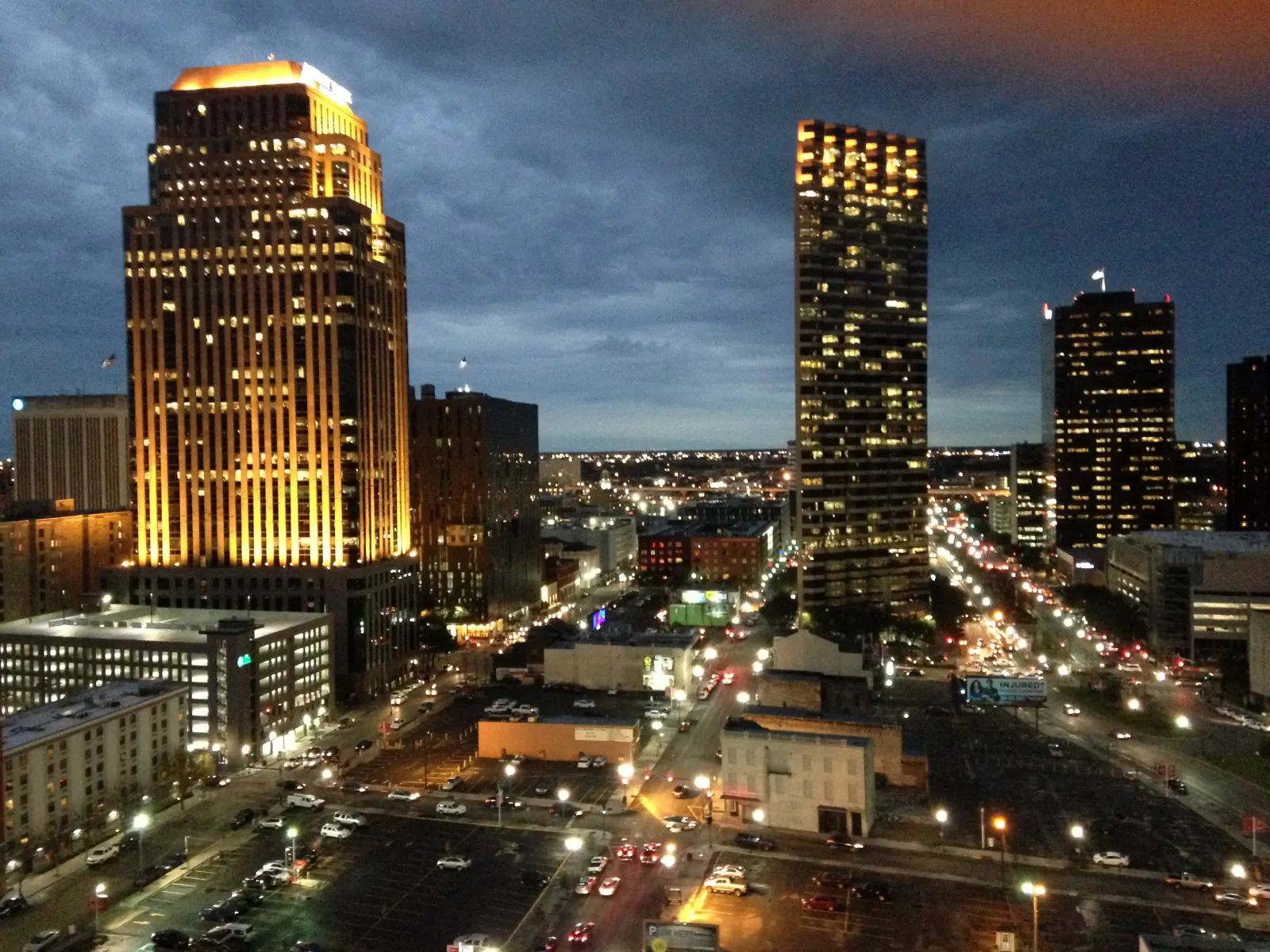
In the 1820s and 1830s, the American Sector, otherwise known as the Central Business District or CBD, began to be increasingly built up. Businesses devoted to the cotton and shipping industries sprang up on Carondelet Street, gas lighting and public transportation appeared, and Canal Street became a shopping and entertainment thoroughfare lined with department stores and movie theaters. By the end of the 19th century, the asphalt-paved CBD was filled with skyscrapers, electric lighting, and streetcars.
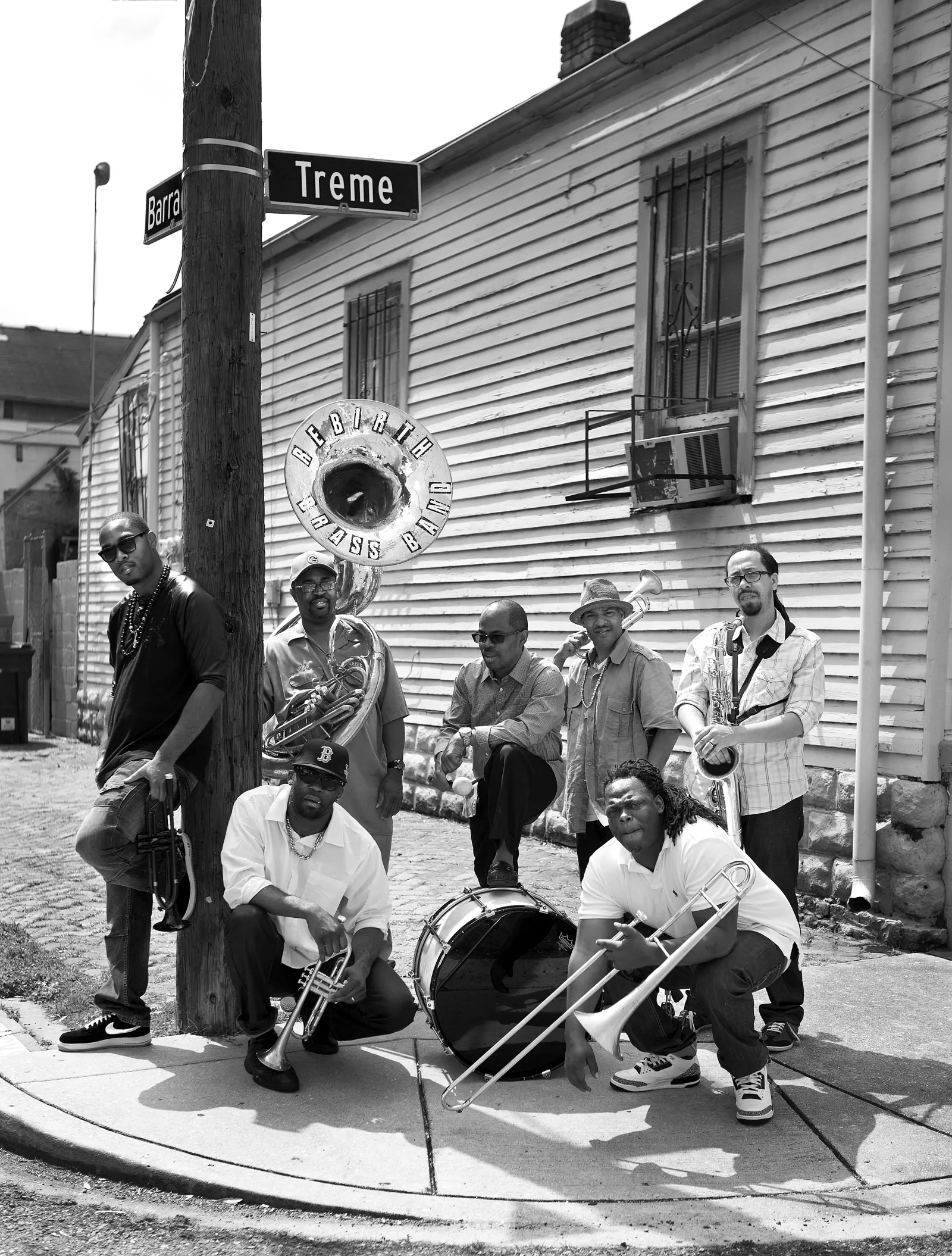
And All That Jazz: The Tremé
The Tremé was first developed around 1810 and is one of the oldest neighborhoods in New Orleans—and one of the oldest Black neighborhoods in the country. What began as the Morand Plantation was bought, divided up, and sold to the city by Claude Tremé, for whom the neighborhood was named. Many free people of color soon moved in, bringing music, culture, and life to the area. Shortly thereafter, Congo Square, which is now part of modern-day Armstrong Park, was developed. It was a town square that became a place for Blacks—both enslaved and free—to gather, dance, sing, and barter on Sundays. In fact, in 1806, a law was passed that slaves must have Sundays off to allow for such leisure activities.
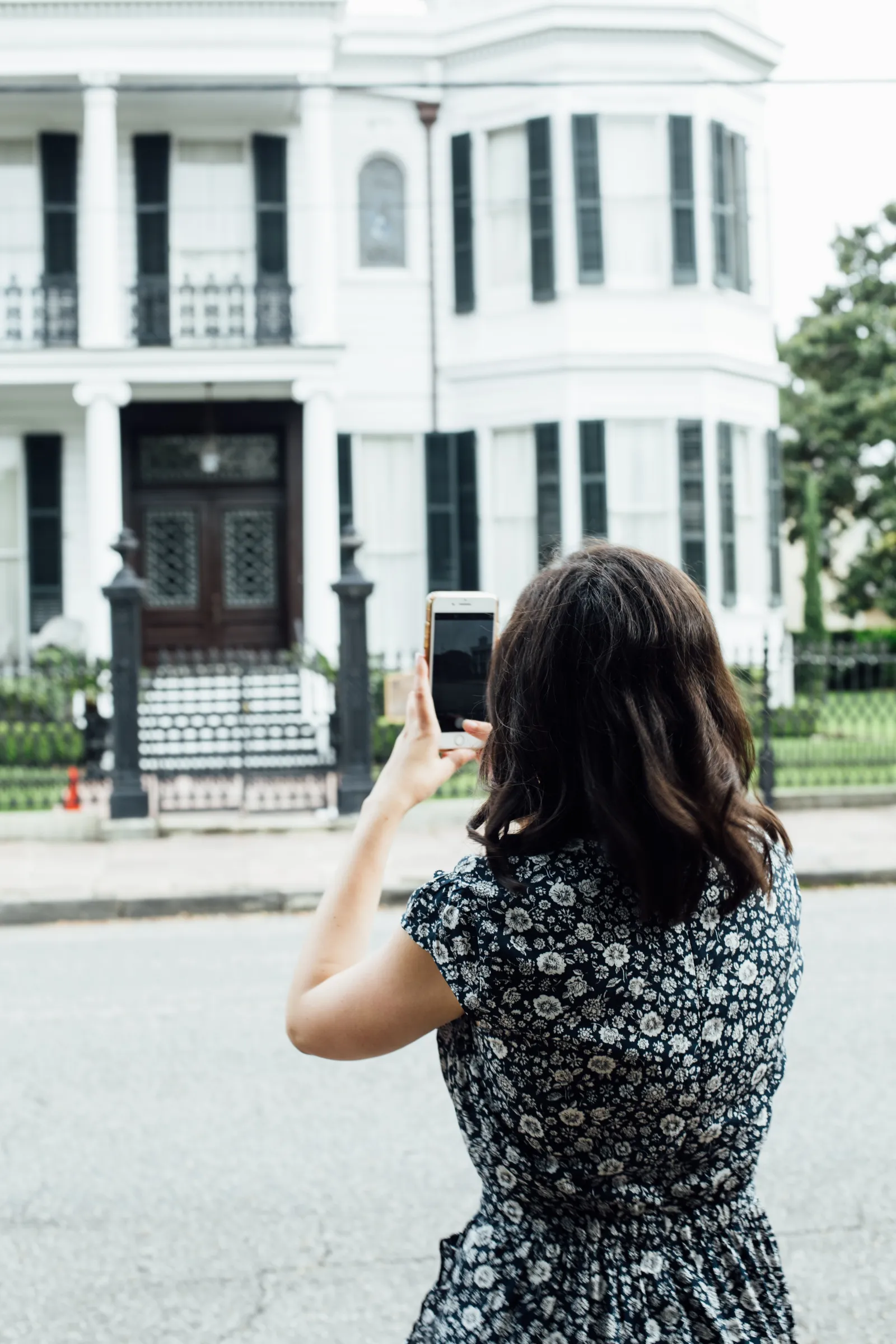
In its earlier days, North Claiborne Avenue was a lovely tree-lined street boasting homes and businesses—until the I-10 overpass wiped out much of its charm. The Tremé is also the previous site of Storyville, the famous district of jazz and vice that attracted people to enjoy its prostitution and piano music.
Miles of Mansions: The Garden District
In the 19th century, New Orleans experienced something of a boom. Not only was it continuing to develop and expand far beyond the French Quarter, but it also underwent a period of opulence. Well-to-do outsiders flocked to the city and built luxurious mansions in a district upriver from the CBD. The area was previously the Livaudais Plantation, which was divvied up and sold in plots to rich folks, then annexed as a neighborhood by the city in 1852. The area was originally laid out by architect and urban planner Barthelemy Lafon, with only one or two ritzy houses on each block—and with most of the land being devoted to substantial gardens, for which the neighborhood was named.
Today, the Garden District is renowned as "one of the best-preserved collections of historic mansions in the Southern U.S." and has National Historic Landmark status.
By the Way: Bywater
Perhaps best-known today for its trendy bars and restaurants, artsy residents, and charming architecture, the Bywater is yet another former plantation, which was then converted to a mixed-use neighborhood known as Faubourg Washington. In its early days, riverside industrial buildings catering to river-based businesses mingled with farmland and homes housing a variety of inhabitants, ranging from free people of color to Haitian and German immigrants. This neighborhood is also where Homer Plessy, of Plessy v. Ferguson repute, was forcefully extracted from a train car based on Jim Crow laws. The name Bywater, which may have been chosen from suggestions by local kids during a contest, originates from the obvious connection to the neighborhood's position near the water—both the Mississippi River and the Industrial Canal.
Changing the Channel:
The Irish Channel
In the early 1800s, there was a large influx of Irish immigrants to New Orleans, many coming in search of jobs digging the New Basin Canal. At one point, in fact, there were more Irish folks in New Orleans than anywhere else in the South. Many of them settled along the river in poor, modest homes that some believe were early versions of today's shotgun houses. How the name came about is disputed. The Irish connection is obvious, but the "Channel" apparently could refer to the way in which the Irish "channeled" into the neighborhood or the fact that pools of water often collected there, forming a "channel" in another sense.
These days, things have changed. No longer a blue-collar, poverty-stricken 'hood, the Irish Channel is now a popular area best associated with St. Patrick's Day fun.
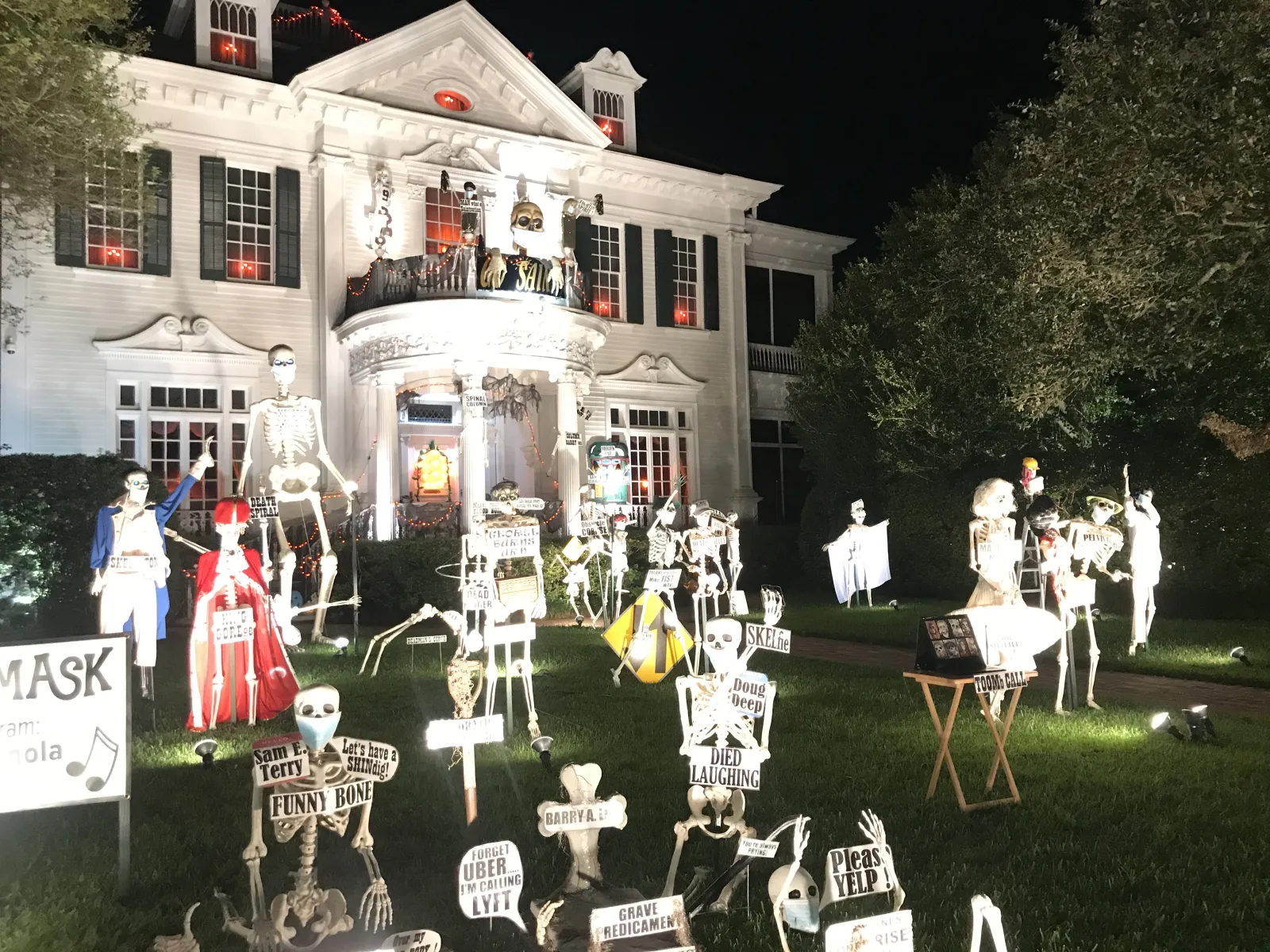
What's Up?: Uptown
What exactly constitutes Uptown New Orleans depends on who you ask. By some definitions, Uptown is anything upriver from Canal Street, constituting nearly a third of the city. Others refer to the much smaller area bordered by Jefferson and St. Charles Avenues. For most people, it's somewhere in between. The Uptown neighborhood was formerly several separate cities, including Jefferson and Carrollton, that were later swallowed up by New Orleans. Much of the land used to be founding father Bienville's veggie garden. Throughout history, parts of Uptown have been devoted to everything from iron to tobacco, slaughterhouses to sugar refineries, and certain areas along the river uptown tended toward seediness and sin. One of the preferred forms of indulgence during this period was cigars. New Orleans was once the cigar capital of the country, with as much as 80 percent of the male population considered to be cigar-smokers.
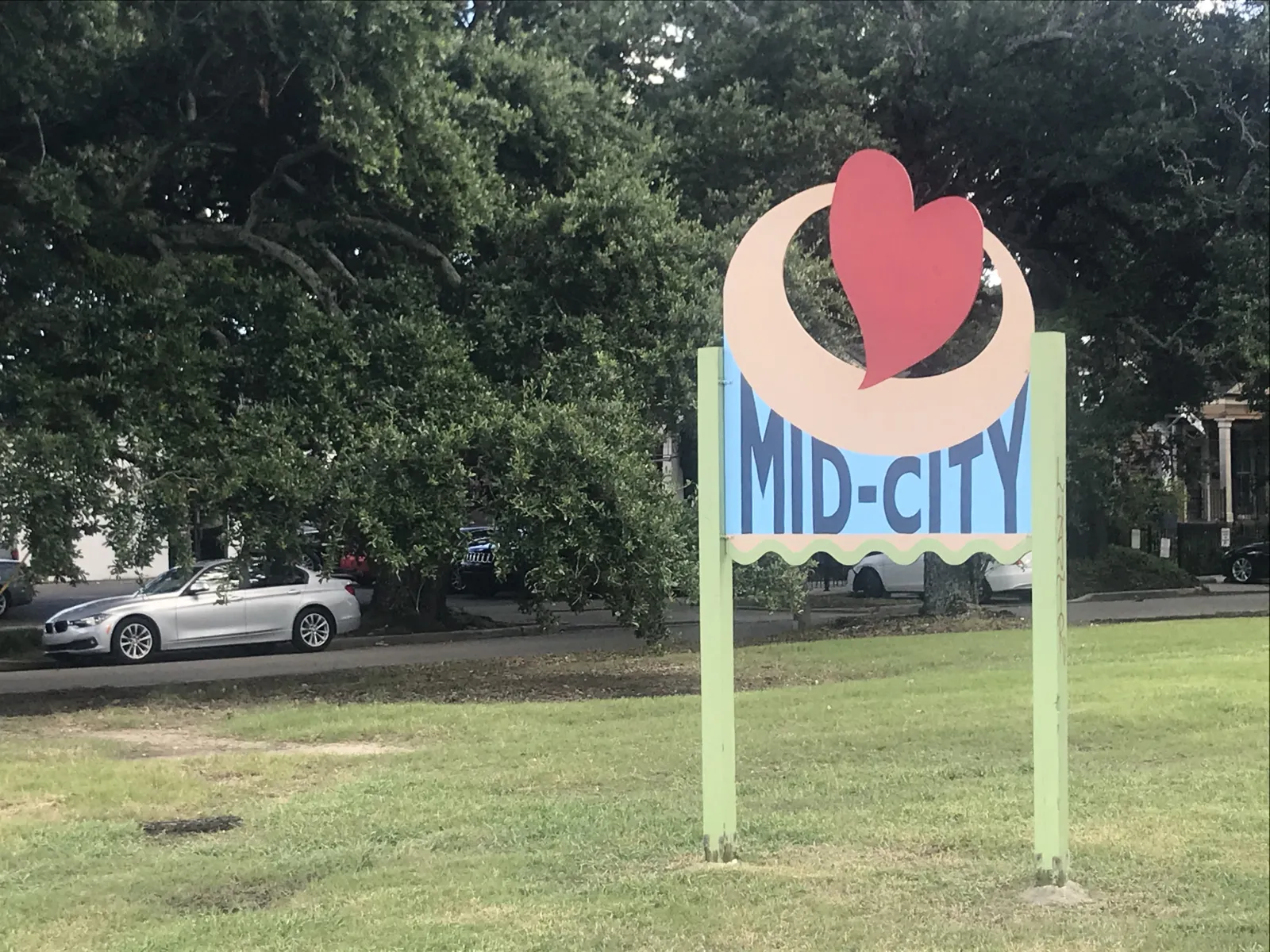
To connect the various parts of early Uptown, which began as cities spread out miles apart and separated by rural stretches, a train was built on Nayades Street (later St. Charles Avenue), which was the precursor to the streetcar.
Caught in the Middle: Mid-City
The neighborhood known as Mid-City is actually a conglomerate of many smaller 'hoods, such as Bayou St. John and the Fairgrounds. The area could first be inhabited after the screw pump was invented in 1913, which allowed developers to drain what had previously been mostly just unlivable swampland. The Mid-City moniker likely comes from the very simple fact that this area really was the geographic middle of the city until New Orleans East was developed in the second half of the 20th century, effectively nudging the neighborhood off-center. The many above-ground cemeteries that this part of town is famous for were built sometime in the 1800s, as was the 1,300-acre City Park. Developed on land that used to be devoted to dairy cows and vegetable gardens, this park is one of the country's largest. In 1871, a major flood struck the neighborhood. There was so much water that many residents ripped the doors off their houses and used them as rafts.

